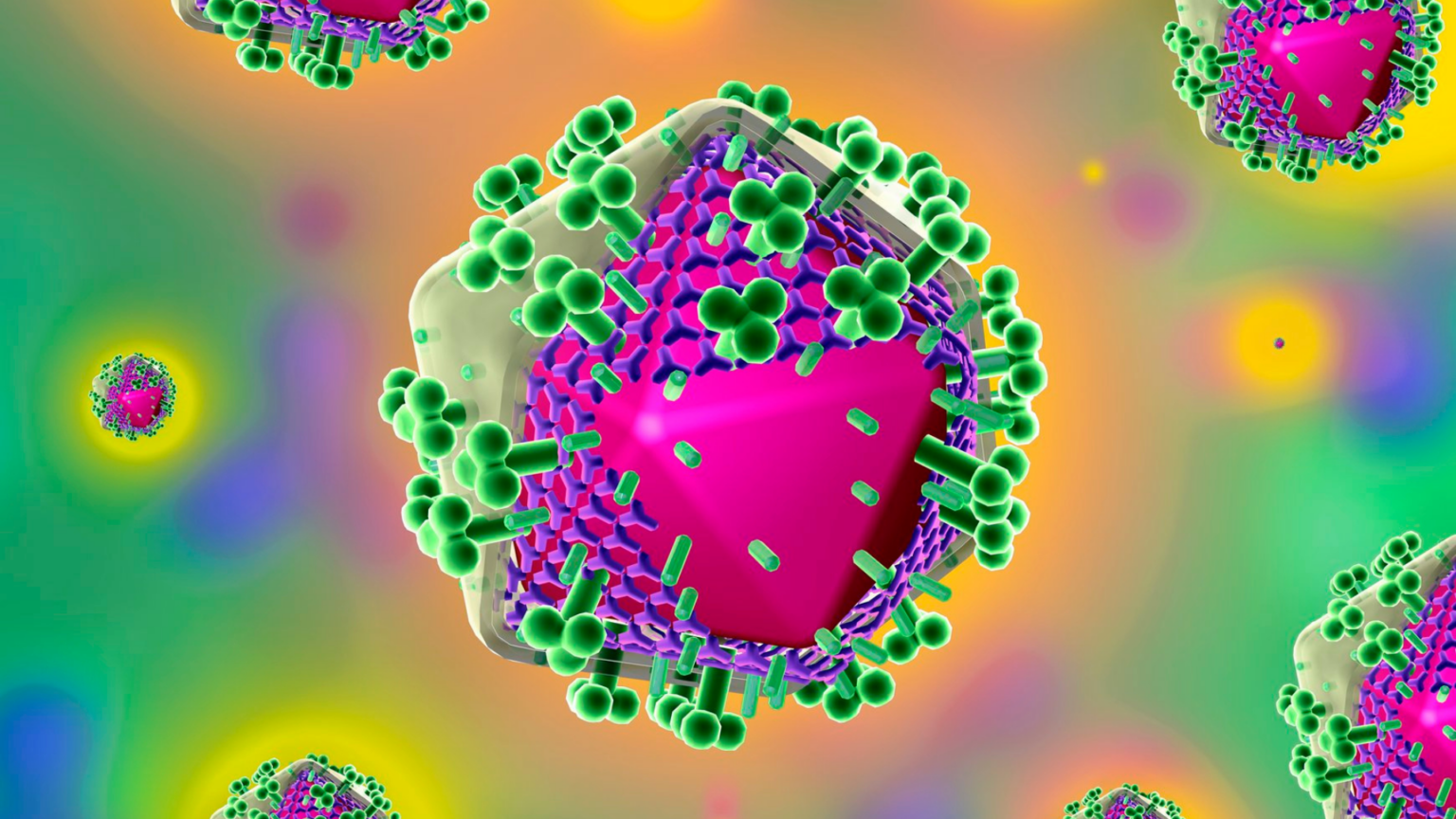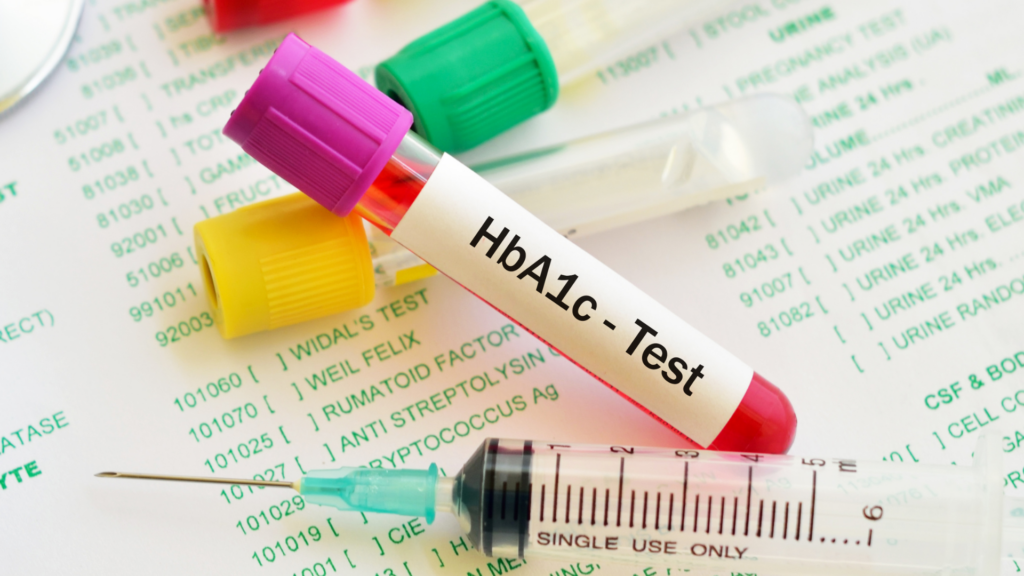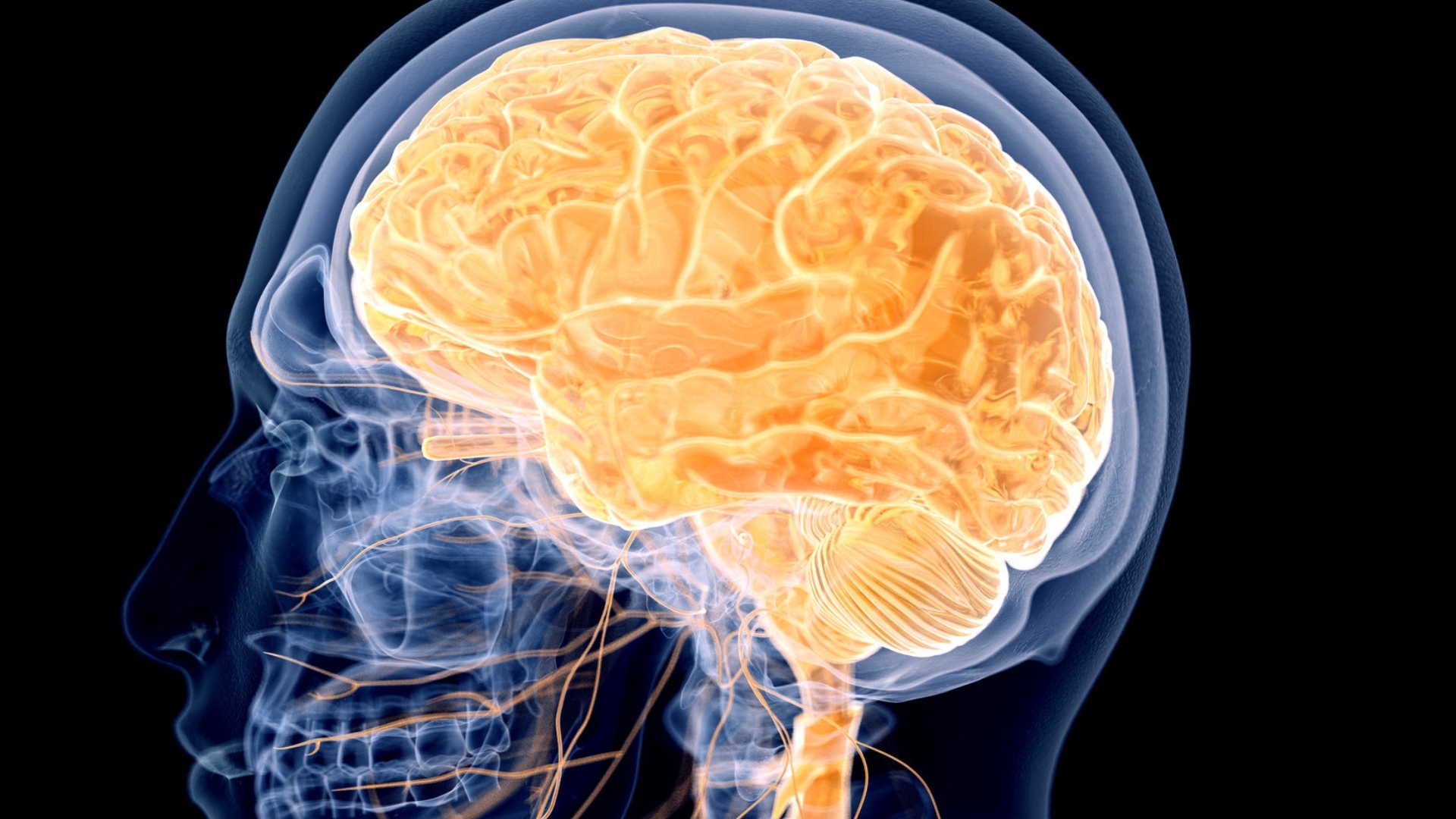Glucose transporter type 1 deficiency syndrome (GLUT1-deficiency syndrome or GLUT1-DS) is a rare genetic disorder that impairs the normal transit of glucose from the blood to the brain, causing the absence or severe reduction of glucose itself in the brain, with very serious brain consequences. GLUT1 deficiency syndrome is a genetically determined neurological disorder caused by insufficient glucose transport in the brain. This defect in transport results in insufficient glucose in the brain and thus less energy available to nerve cells, and is due to a mutation in the SLC2A1 gene, which is so far the only one known to be associated with this condition.
The condition is also known as De Vivo's disease, named after the doctor who first discovered it in the U.S. in 1991, describing an early-onset epileptic encephalopathy in which he had found decreased glucose in cerebrospinal fluid. De Vivo treated these children with the ketogenic diet achieving good results. To date, however, the disease has been described in very different clinical situations from the baseline and with very varied symptoms. Not only that, while cases were once very rare, today the number of patients identified is increasing dramatically, due to a greater understanding of the disease than in the past and the more widespread use of genetic testing.

However, the number of cases is still thought to be underestimated, both because it is not a disease known to everyone and because it is very often confused with epilepsy (which is one of the symptoms). The epidemiology is still unknown, but in Italy there are an estimated 300 to 400 pediatric patients, although there are actually fewer than 200 patients with an established diagnosis. The syndrome has a broad clinical spectrum that usually counts cognitive disability, epilepsy, paroxysmal exercise-induced dyskinesia, acquired microcephaly, hemolytic anemia, gait disturbances, and dyspraxia in various combinations.
However, there are other clinical manifestations that we consider to be equally peculiar but so far have been insufficiently described and are not interpreted as referring to the syndrome. In fact, there is great variability in the symptoms and severity of the disease: there are people who have significant cognitive delay and others who lead absolutely normal lives. I have known families with seemingly healthy grandparents or parents with modest cognitive or motor delays, despite having the syndrome, and grandchildren and children with much more complex symptoms and disorders.
Currently, there is no medical therapy but only dietary therapy through the ketogenic diet. Patients with GLUT1-DS should start such a diet as early as possible to prevent and treat the pathological manifestations of the syndrome and then continue it for life. This diet, through the production of ketone bodies, is able to provide the necessary energy for the sugar-deficient brain. The diet intervenes in the metabolic disorder and allows effective treatment of seizures and movement disorder, while for cognitive impairment results are variable. It is an unbalanced diet, high in fat and very low in protein, carbohydrates and glucose, and although it has been known for a hundred years, it has always been used very little in Italy because it is the opposite of the Mediterranean diet.

Basically, one eats a large amount of fatty foods to induce chronic ketosis (or chronic acetone), which leads to high production of ketones, which provide the energy that the brain lacks. This type of diet, however, is extremely complex, and the diet, which is strictly personalized, must be studied at the desk by a team of experienced specialists and is to be carried out under the supervision of the relevant specialist teams.


